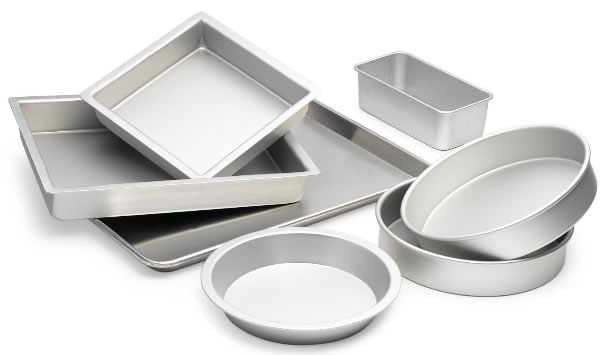
Understanding Weight and Measurements in Cooking
Cooking is both an art and a science, requiring precise measurements to ensure that dishes turn out as intended. However, navigating different weight and measurement systems can be challenging, especially when recipes come from various parts of the world. This guide aims to demystify weight and measurement conversions, providing you with the knowledge and tools to cook confidently, no matter the recipe.
Importance of Accurate Measurements
Accurate measurements are crucial in cooking, particularly in baking, where the balance of ingredients can make or break the final product. Measuring ingredients correctly ensures consistency in taste, texture, and appearance, allowing you to replicate successful recipes and avoid kitchen mishaps.
Common Measurement Systems
There are primarily two systems of measurement used in cooking: the Metric system and the Imperial system. Understanding the differences and knowing how to convert between them is essential for any cook.
Metric System
The Metric system, used widely around the world, includes measurements in grams, kilograms, milliliters, and liters. It is a decimal-based system, making conversions straightforward (e.g., 1,000 grams equals 1 kilogram).
Imperial System
The Imperial system, commonly used in the United States, includes measurements in ounces, pounds, teaspoons, tablespoons, cups, pints, quarts, and gallons. This system is not decimal-based, which can make conversions more complex.
Converting Between Systems
To help you convert measurements accurately, here are some common conversions between the Metric and Imperial systems.
Weight Conversions
| Metric (g) | Imperial (oz) | Imperial (lb) |
|---|---|---|
| 1 gram | 0.035 ounces | 0.0022 pounds |
| 50 grams | 1.76 ounces | 0.11 pounds |
| 100 grams | 3.53 ounces | 0.22 pounds |
| 200 grams | 7.05 ounces | 0.44 pounds |
| 500 grams | 17.64 ounces | 1.1 pounds |
| 1 kilogram | 35.27 ounces | 2.2 pounds |
Volume Conversions
| Metric (ml) | Imperial (tsp) | Imperial (tbsp) | Imperial (cup) |
|---|---|---|---|
| 1 milliliter | 0.2 teaspoons | 0.067 tablespoons | 0.004 cups |
| 5 milliliters | 1 teaspoon | 0.33 tablespoons | 0.02 cups |
| 15 milliliters | 3 teaspoons | 1 tablespoon | 0.063 cups |
| 240 milliliters | 48 teaspoons | 16 tablespoons | 1 cup |
| 1 liter | 202 teaspoons | 67.6 tablespoons | 4.2 cups |
Practical Tips for Measuring Ingredients
Use the Right Tools
Invest in a good set of measuring cups and spoons for dry ingredients, a liquid measuring jug for wet ingredients, and a kitchen scale for weight measurements. Using the correct tools helps ensure accuracy.
Level Off Dry Ingredients
When measuring dry ingredients like flour or sugar, use a knife or a straight edge to level off the top of the measuring cup or spoon. This ensures you’re not adding too much or too little to your recipe.
Weigh Ingredients for Precision
For the most accurate measurements, especially in baking, use a kitchen scale. Weighing ingredients eliminates the variability of volume measurements and ensures consistency.
Conclusion
Mastering the art of measurement conversions in cooking can significantly enhance your culinary skills, allowing you to tackle any recipe with confidence. By understanding the differences between the Metric and Imperial systems and using the provided conversion tables, you’ll be well-equipped to measure ingredients accurately. Whether you’re baking a cake or cooking a savory dish, precise measurements are key to achieving delicious results every time.
CookingCity.com is here to support your culinary journey, offering tips, recipes, and resources to help you become a more confident and capable cook. Happy cooking!
